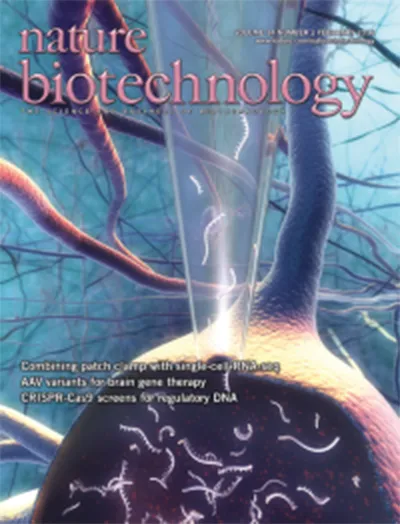
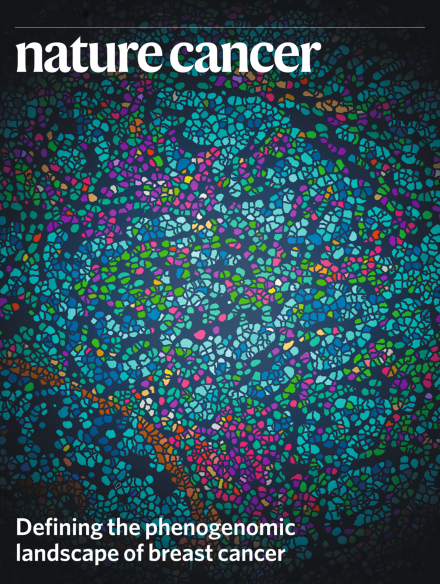
Discovering the anticancer potential of non-oncology drugs by systematic viability profiling
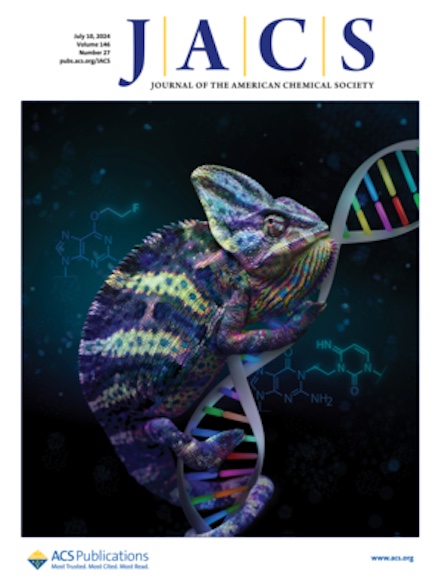
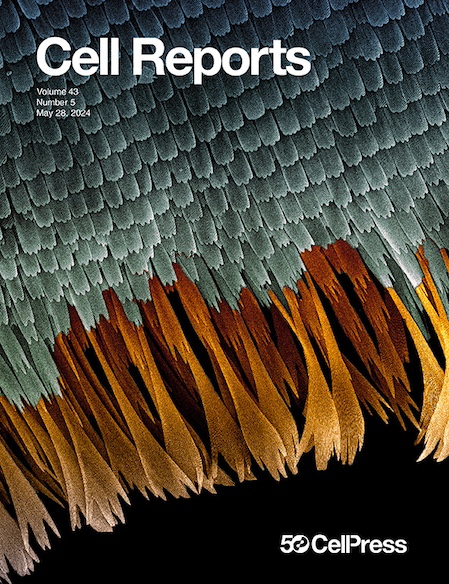
Genetic dependencies associated with transcription factor activities in human cancer cell lines
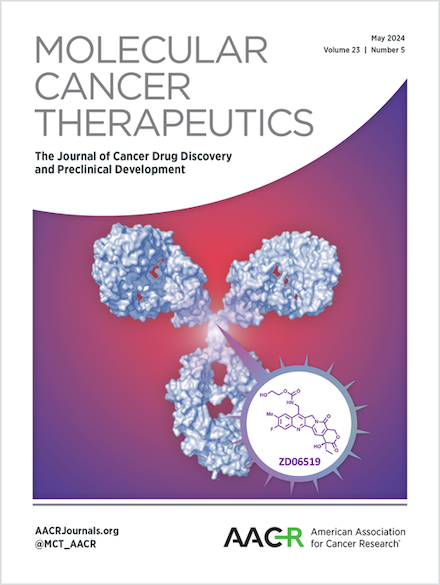

Concurrent inhibition of oncogenic and wild-type RAS-GTP for cancer therapy
Tumor-selective activity of RAS-GTP inhibition in pancreatic cancer
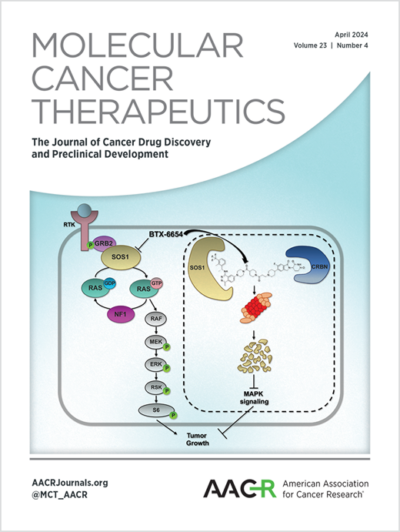
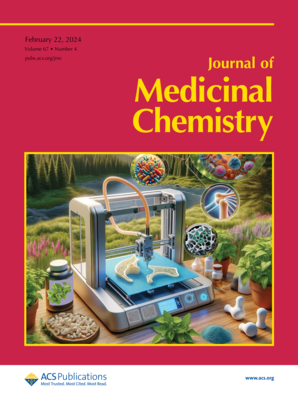
Discovery and Characterization of Selective, First-in-Class Inhibitors of Citron Kinase

A Benzarone Derivative Inhibits EYA to Suppress Tumor Growth in SHH Medulloblastoma
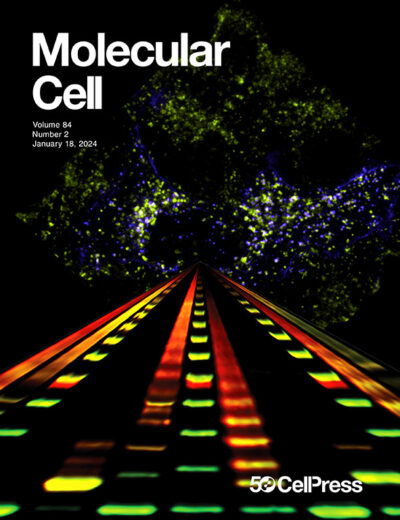
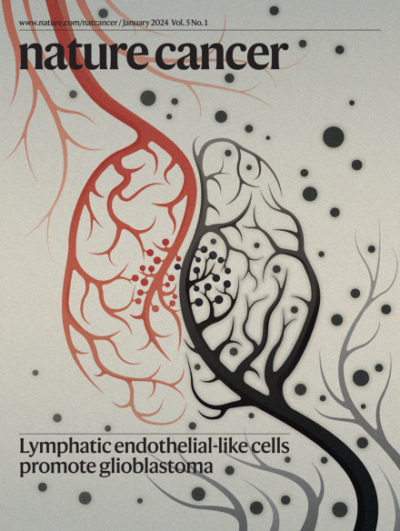
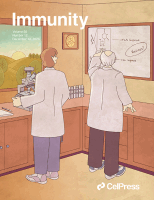
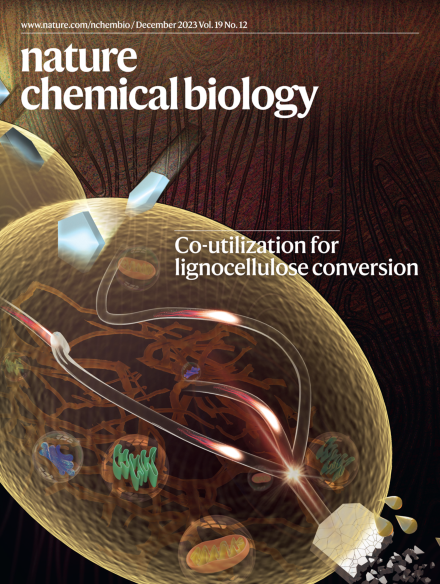
Targeting ROS production through inhibition of NADPH oxidases
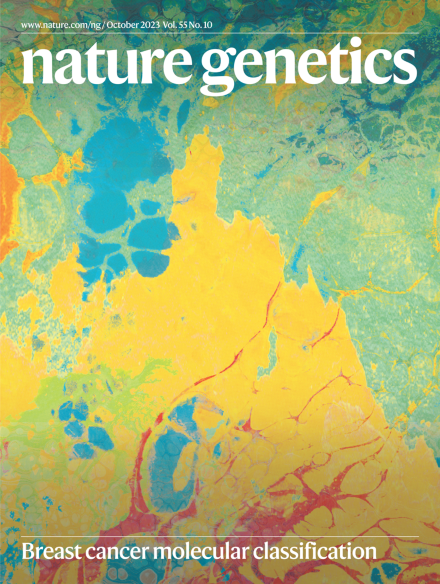
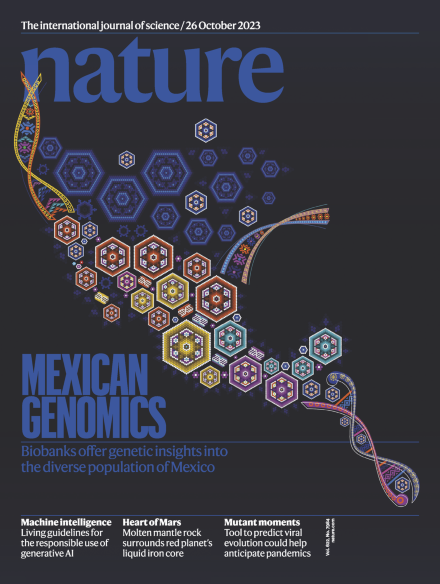
The PTPN2/PTPN1 inhibitor ABBV-CLS-484 unleashes potent anti-tumour immunity
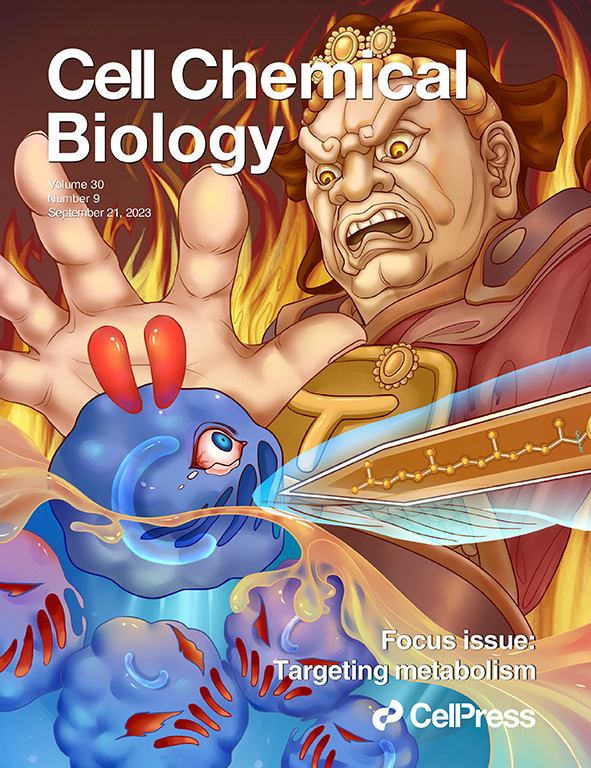
Screening in serum-derived medium reveals differential response to compounds targeting metabolism
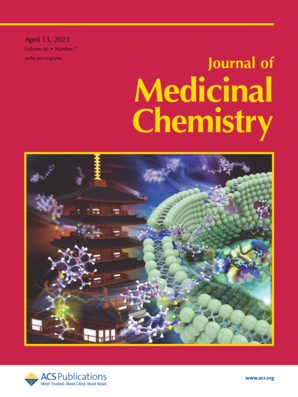
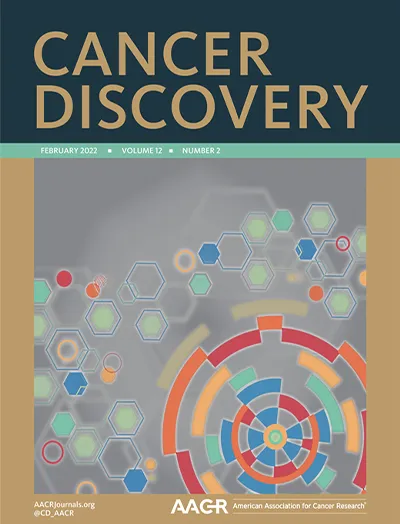
INK4 Tumor Suppressor Proteins Mediate Resistance to CDK4/6 Kinase Inhibitors
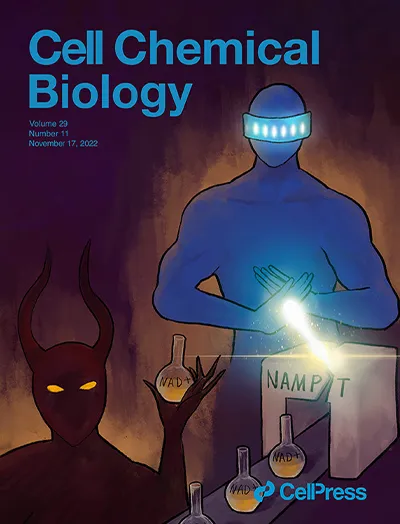
Acute pharmacological degradation of ERK5 does not inhibit cellular immune response or proliferation
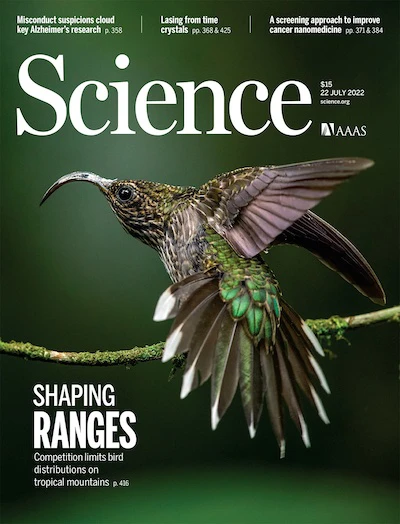
Massively parallel pooled screening reveals genomic determinants of nanoparticle delivery
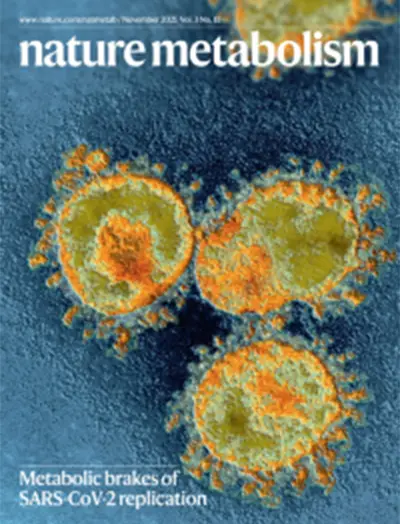
Methionine synthase is essential for cancer cell proliferation in physiological folate environments
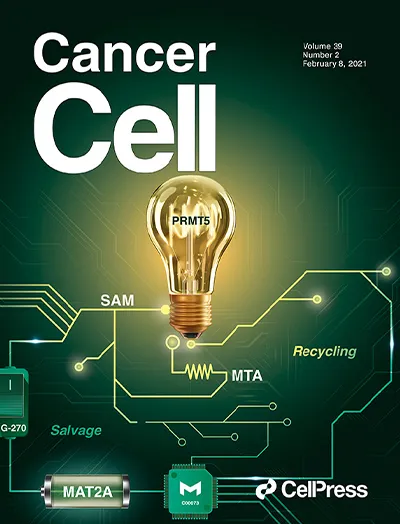
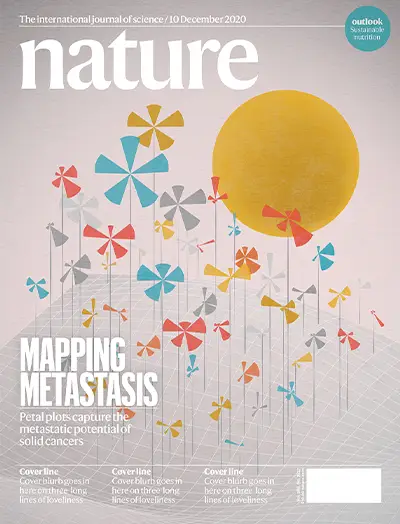
A metastasis map of human cancer cell lines
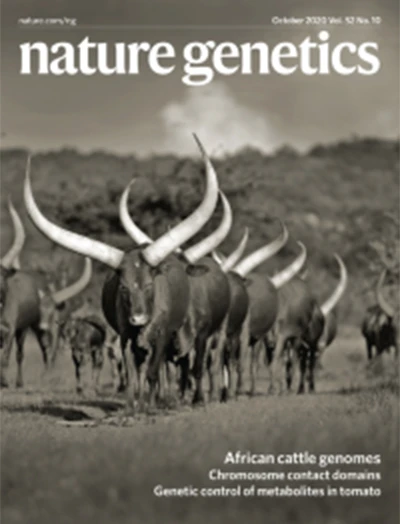
Pan-cancer single-cell RNA-seq identifies recurring programs of cellular heterogeneity

Selective USP7 inhibition elicits cancer cell killing through a p53-dependent mechanism
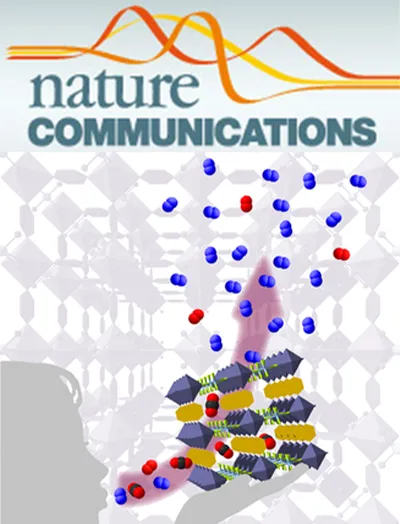
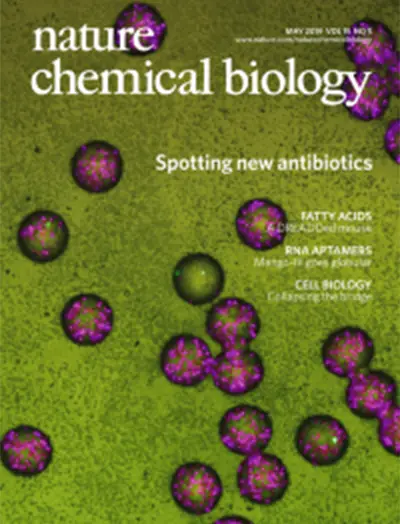
Mitochondrial metabolism promotes adaptation to proteotoxic stress
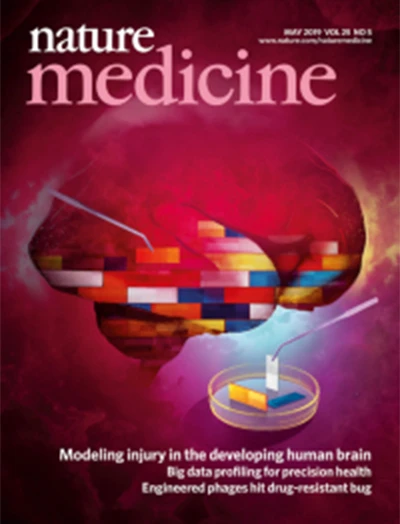
The landscape of cancer cell line metabolism
The Broad Institute of MIT and Harvard
300 Binney Street
Cambridge, MA 02142